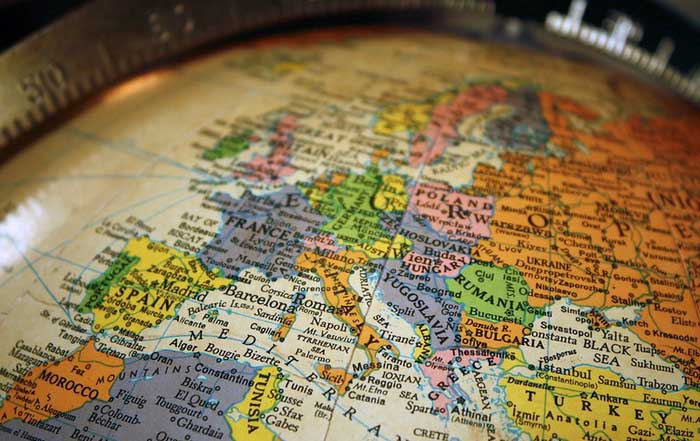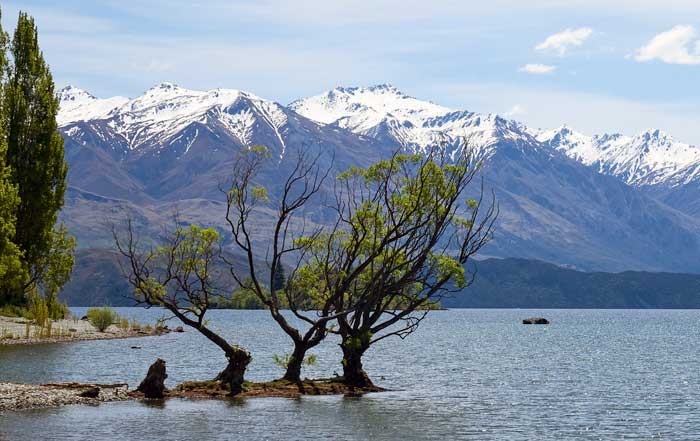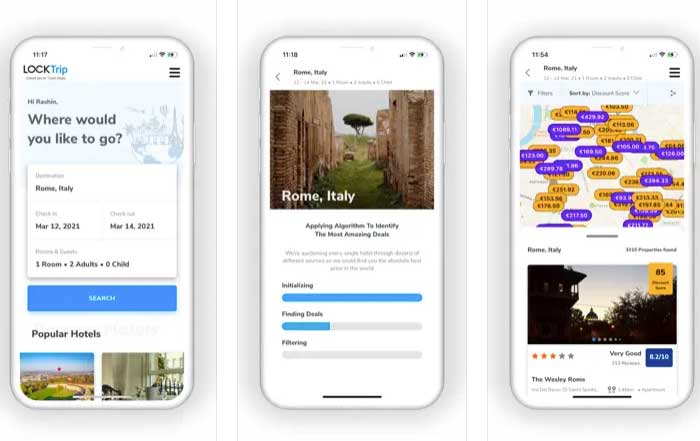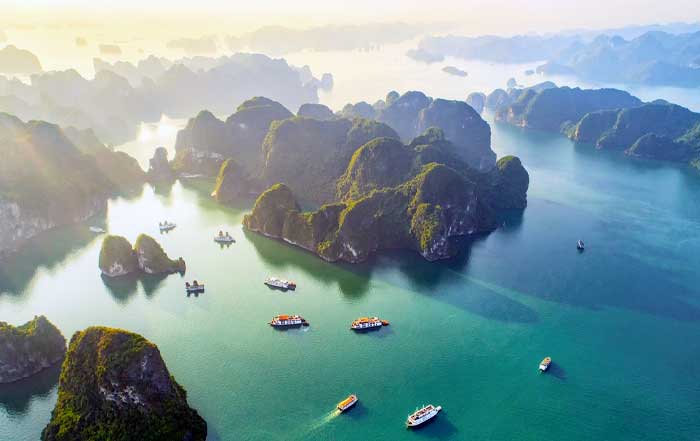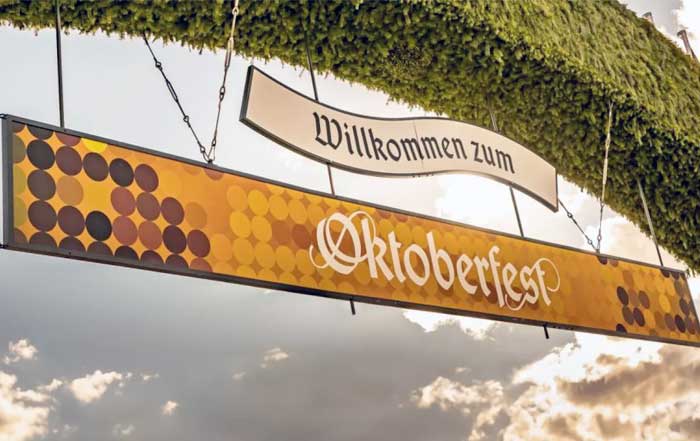The world is a vast classroom, offering endless opportunities for individuals and organizations to expand their horizons through educational travel. By immersing oneself in different cultures, histories, and environments, travelers can gain invaluable insights that textbooks alone cannot provide. Join us to learn about the significance of educational travel and highlights destinations around the globe that inspire learning across various disciplines.
The Importance of Educational Travel
Educational travel transcends traditional learning boundaries by providing experiential opportunities that foster personal and professional growth. It enables individuals to engage directly with the subject matter—whether history, science, art, or cultural studies—leading to a deeper understanding and appreciation.
In an increasingly interconnected world, the ability to adapt to diverse environments and cultures is paramount. Educational travel equips individuals with the skills necessary to navigate global landscapes, promoting open-mindedness and cultural sensitivity. The experiential nature of such travel allows for the application of theoretical knowledge in real-world settings, enhancing critical thinking and problem-solving abilities.
For businesses, incorporating educational travel into professional development programs can enhance team cohesion, stimulate creativity, and promote cultural competence among employees. It is an investment in human capital that can yield significant returns in terms of innovation and global collaboration. By exposing employees to new perspectives and ideas, organizations can foster a culture of continuous learning and adaptability.
Destinations That Inspire Learning
Educational travel destinations are as varied as the disciplines they represent. From ancient historical sites that reveal the complexities of past civilizations to cutting-edge scientific centers at the forefront of technological advancement, each location offers unique learning opportunities.
Historical Sites
The Acropolis of Athens, Greece
Perched atop a rocky hill overlooking Athens, the Acropolis stands as a testament to ancient Greek civilization. Visiting this UNESCO World Heritage site allows travelers to delve into the origins of Western philosophy, democracy, and art. The Parthenon, with its Doric columns and intricate sculptures, exemplifies the architectural innovation and aesthetic principles of the time.
Exploring the Acropolis provides insights into the sociopolitical structures of ancient Greece. The concept of democracy, which originated in Athens, can be examined through the lens of the city's public spaces and governmental institutions. The cultural and religious significance of the temples offers a deeper understanding of Greek mythology and its influence on literature and art.
Modern visitors can enhance their experience by visiting the Acropolis Museum, which houses artifacts and provides context for the historical significance of the site. Engaging with local historians or participating in guided tours can further enrich the educational value of the trip.
Visit the official Acropolis Museum website
The Great Wall of China, China
Stretching over 13,000 miles, the Great Wall of China is a marvel of ancient engineering and a symbol of Chinese strength and perseverance. Exploring sections of the wall offers lessons in history, military strategy, and the cultural significance of this monumental structure. Constructed over several dynasties, the wall reflects the unification of China and the efforts to protect the nation from invasions.
The Great Wall provides a tangible connection to the vast history of China, encompassing stories of emperors, warriors, and the laborers who built it. The architectural techniques and materials used offer insights into the technological capabilities and resource management of ancient China.
Visiting the Great Wall also presents an opportunity to discuss broader themes such as the impact of human activities on the environment and the preservation of historical sites. Engaging with local communities and understanding their relationship with the wall today adds a contemporary dimension to the learning experience.
Learn more at the China Tourism official site
Cultural Hubs
Kyoto, Japan
Kyoto, once the imperial capital of Japan, is a city where traditional culture thrives amidst modernity. With its numerous temples, shrines, and geisha districts, Kyoto provides an immersive experience into Japanese heritage. The city's well-preserved historical sites, such as Kinkaku-ji (the Golden Pavilion) and Fushimi Inari Shrine with its thousands of torii gates, offer a window into the country's spiritual practices and architectural elegance.
Travelers can participate in traditional tea ceremonies, which encapsulate the principles of harmony, respect, purity, and tranquility. These ceremonies are not merely about drinking tea but are a form of art and a means of spiritual refinement. Exploring Zen gardens and understanding the philosophies underpinning Japanese aesthetics and spirituality, such as wabi-sabi (the beauty of imperfection), enriches the educational journey.
Kyoto also offers opportunities to engage with artisans practicing traditional crafts like kimono weaving, pottery, and paper making. Interacting with these craftsmen provides insights into the meticulous craftsmanship and cultural significance of these arts in Japanese society.
Explore Kyoto's official travel guide
Florence, Italy
The cradle of the Renaissance, Florence is a treasure trove of art, architecture, and history. Home to masterpieces by Michelangelo, Leonardo da Vinci, and Botticelli, the city offers unparalleled opportunities to study the evolution of Western art and thought. The Uffizi Gallery, housing an extensive collection of Renaissance art, and the Florence Cathedral with its iconic dome designed by Brunelleschi, are focal points for educational exploration.
Walking through Florence's streets is akin to strolling through an open-air museum, where every corner reveals a piece of history. Understanding the socio-economic factors that spurred the Renaissance, such as the patronage of the Medici family, provides context to the flourishing of arts and sciences during this period.
Engaging with local scholars or participating in art restoration workshops can deepen the appreciation of the techniques and materials used by Renaissance artists. The city's culinary traditions also offer a cultural learning experience, highlighting the relationship between food, history, and regional identity.
Visit the official tourism site of Florence
Natural Wonders
Galápagos Islands, Ecuador
The Galápagos Islands are renowned for their unique biodiversity and were instrumental in Charles Darwin's formulation of the theory of natural selection. The islands serve as a living laboratory for the study of ecology, evolution, and conservation. Visitors can observe endemic species such as the Galápagos tortoise, marine iguanas, and various finch species that exhibit distinct adaptations.
The isolated environment of the Galápagos provides an exceptional case study for evolutionary biology. Guided tours led by naturalists offer educational insights into the intricate relationships between species and their habitats. Discussions on conservation efforts and the impact of human activities on fragile ecosystems emphasize the importance of environmental stewardship.
Engaging in citizen science projects or volunteering with conservation organizations can enhance the learning experience, allowing travelers to contribute to ongoing research and preservation initiatives.
Find more information at the Galápagos Conservancy
The Great Barrier Reef, Australia
As the world's largest coral reef system, the Great Barrier Reef offers extraordinary insights into marine biology and environmental science. Snorkeling or diving in its waters reveals a vibrant underwater world teeming with diverse marine life, including over 1,500 species of fish and 400 types of coral.
The reef is an ideal location to study topics such as coral reef ecology, the effects of climate change on marine ecosystems, and the importance of biodiversity. Educational programs and research opportunities allow visitors to learn about the delicate balance of ocean environments and the global implications of environmental degradation.
Participating in reef restoration projects or collaborating with marine biologists can provide hands-on experience in conservation efforts. Understanding the challenges facing the reef, such as coral bleaching and pollution, underscores the interconnectedness of global environmental issues.
Learn about conservation efforts at the Great Barrier Reef Marine Park Authority
Scientific Centers
CERN, Switzerland
The European Organization for Nuclear Research, known as CERN, is at the forefront of particle physics research. Visiting CERN provides an opportunity to understand complex scientific concepts such as the Higgs boson and the Large Hadron Collider (LHC), the world's largest and most powerful particle accelerator.
CERN exemplifies international collaboration in science, bringing together physicists and engineers from around the globe to explore fundamental questions about the universe. Educational tours of the facilities offer insights into advanced technologies, experimental methodologies, and the theoretical foundations of particle physics.
Engaging with scientists and attending lectures can demystify complex topics and inspire interest in STEM fields. The visit also highlights the role of science in fostering international cooperation and the pursuit of knowledge beyond national boundaries.
Discover more at CERN's official website
Kennedy Space Center, USA
Located in Florida, the Kennedy Space Center is NASA's primary launch center for human spaceflight. It offers educational programs and exhibits about space exploration, technology, and astronomy. Visitors can witness the history of space missions, from the Apollo moon landings to the development of the Space Shuttle and current efforts in commercial spaceflight.
The center provides interactive experiences such as astronaut training simulations, behind-the-scenes tours of launch facilities, and viewing actual spacecraft. Understanding the technological advancements and engineering feats involved in space exploration can inspire innovation and interest in aerospace careers.
Discussions on the future of space travel, including missions to Mars and beyond, emphasize the evolving nature of scientific exploration and its implications for humanity. The Kennedy Space Center embodies the spirit of discovery and the human drive to push the boundaries of what is possible.
Visit NASA's Kennedy Space Center website
Educational Institutions
Oxford University, United Kingdom
With a history dating back to the 12th century, the University of Oxford is one of the world's leading academic institutions. Touring its historic colleges, libraries, and museums provides insights into centuries of scholarly pursuits and educational traditions. The Bodleian Library, one of the oldest libraries in Europe, houses a vast collection of manuscripts and books that reflect the intellectual heritage of the university.
Engaging with faculty or attending public lectures can further enhance the learning experience. The university's museums, such as the Ashmolean Museum and the Museum of Natural History, offer extensive collections spanning art, archaeology, and science.
Visiting Oxford also provides an opportunity to explore the collegiate system and the tutorial method of teaching, which emphasize personalized education and critical thinking. Understanding these educational models can inform discussions on pedagogical approaches and academic excellence.
Explore Oxford University's official site
Smithsonian Institution, USA
The Smithsonian Institution in Washington, D.C., encompasses 19 museums and galleries, the National Zoo, and numerous research facilities. It offers comprehensive educational resources across disciplines such as history, art, science, and culture. The National Air and Space Museum, National Museum of American History, and National Museum of Natural History are among the notable venues that provide immersive learning experiences.
The vast collections and exhibits at the Smithsonian allow visitors to engage with artifacts and specimens that represent the breadth of human achievement and the natural world. Educational programs, workshops, and interactive exhibits cater to diverse interests and age groups.
Collaborating with researchers or participating in citizen science initiatives at the Smithsonian can deepen the educational impact. The institution's commitment to the diffusion of knowledge aligns with the goals of educational travel, promoting lifelong learning and curiosity.
Discover more at the Smithsonian's official website
Educational Travel Quiz
Planning an Educational Trip
Setting Learning Objectives
Defining clear learning objectives is crucial when planning an educational trip. Whether the goal is to enhance cultural understanding, study specific historical events, or explore scientific phenomena, having well-defined objectives ensures that the trip is structured and meaningful. Objectives guide the selection of destinations, activities, and resources, aligning the travel experience with the desired educational outcomes.
Considerations may include the relevance of the destination to the subject matter, the availability of educational programs, and the potential for hands-on experiences. Collaborating with educators or subject matter experts can help in formulating objectives that are achievable and impactful.
Choosing the Right Destination
Selecting a destination that aligns with the learning objectives is essential. Researching locations involves evaluating the educational value, accessibility, safety, and cultural considerations. Factors such as language barriers, legal requirements, and health precautions should be taken into account to ensure a smooth and productive trip.
Utilizing resources such as travel advisories, local tourism boards, and educational travel agencies can aid in making informed decisions. Engaging with local partners or institutions may provide additional support and opportunities for collaboration.
Incorporating Local Experiences
Engaging with the local community enriches the educational experience by providing authentic insights and fostering mutual understanding. Participating in workshops, attending cultural events, or collaborating with local institutions allows travelers to immerse themselves in the culture and practices of the destination.
Cultural immersion can include homestays, language classes, or volunteer work, which deepen the connection to the place and its people. Such experiences promote empathy, adaptability, and cross-cultural communication skills.
Respecting local customs and practices is paramount in building positive relationships and ensuring a respectful exchange. Preparing travelers through cultural briefings and setting expectations enhances the ability to engage meaningfully with the community.
The Benefits of Educational Travel for Businesses
Team Building and Professional Development
Educational travel can serve as an effective tool for team building and professional development within organizations. By stepping outside the conventional office environment, employees can engage in shared learning experiences that strengthen teamwork, communication, and problem-solving skills.
Exposure to new environments and challenges encourages adaptability and resilience. Participating in activities that require collaboration, such as group projects or problem-solving tasks in unfamiliar settings, enhances cohesion and trust among team members.
Educational travel also provides opportunities for leadership development. Employees can take on new roles and responsibilities, fostering confidence and leadership skills that translate back to the workplace.
Enhancing Cultural Competence
In today's globalized economy, cultural competence is a valuable asset for businesses. Educational travel exposes employees to diverse cultures, traditions, and business practices, enhancing their ability to operate effectively in international contexts.
Understanding cultural nuances, communication styles, and social norms is essential for building successful relationships with global partners and clients. Educational travel promotes empathy, reduces cultural barriers, and equips teams with the skills necessary to navigate cross-cultural interactions.
Investing in cultural competence through travel can lead to increased customer satisfaction, improved negotiations, and a stronger global presence. It demonstrates a commitment to diversity and inclusion, which can positively impact organizational reputation and employee engagement.
Driving Innovation and Creativity
Exposure to new ideas, environments, and ways of thinking stimulates creativity and innovation within organizations. Educational travel can inspire employees to think differently, challenge assumptions, and explore alternative approaches to problem-solving.
Engaging with cutting-edge technologies, innovative practices, or unique cultural perspectives can spark inspiration that leads to breakthroughs and competitive advantages. Encouraging employees to bring back insights and share experiences fosters a culture of continuous learning and innovation.
Now Get Learning !
Educational travel offers transformative experiences that extend beyond leisure, contributing significantly to personal growth and organizational development. By exploring destinations that inspire learning, individuals and businesses can gain profound insights, foster global connections, and drive innovation. The immersive nature of educational travel allows for deep engagement with subject matter, cultures, and environments, leading to lasting impacts on knowledge and perspective.
Investing in educational travel is investing in a future that values knowledge, understanding, and collaboration across borders. It empowers individuals to become global citizens and equips organizations with the skills and insights necessary to thrive in a complex, interconnected world. Embracing educational travel as a strategic tool can unlock potential, inspire change, and pave the way for a more informed and empathetic global community.


